Capability Review
This section outline eight core enablers identified as supporting RD&I endeavors towards the strategic capabilities, those being:
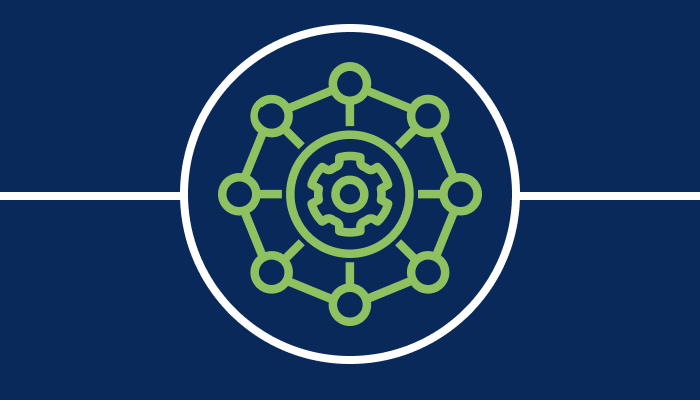
Strategic & Organisational
A sustained commitment to workforce capabilities, innovation, and strategic planning over two decades, solidifying benchmarked excellence.
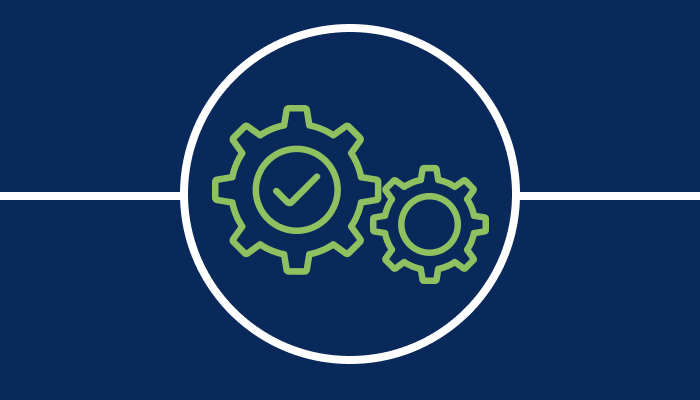
Operational
Positioned as a global rail industry leader in technology, operations, and sustainability.

Collaboration
Cultivated and sustained a culture of innovation, collaboration, and continuous improvement, solidifying its position as a leader in the adoption and development of cutting-edge technologies and practices.
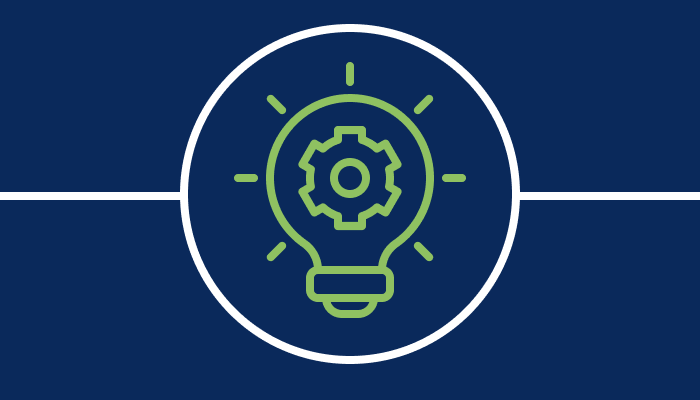
Innovation
A sustainable innovation ecosystem that includes startups, academic institutions, and industry collaborators, creating a dynamic environment for continuous innovation and knowledge exchange.
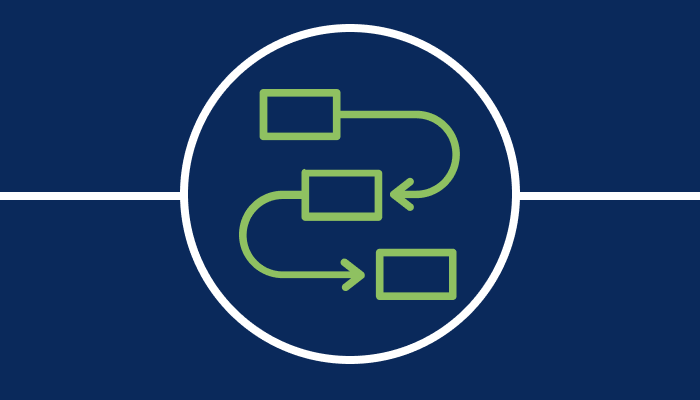
Process & Compliance
An influence on global standards bodies, contributing to the development of international standards that drive innovation and interoperability in the railway.

People & Culture
Actively engagement in collaborative innovation efforts with railways and transportation organisations worldwide, fostering a global community of innovation and knowledge exchange.

Data & Technology
Utilisation of advanced automated support tools, enhancing productivity and reducing manual tasks. A single source of truth for data will be ingrained, ensuring data consistency and reliability throughout the organisation.
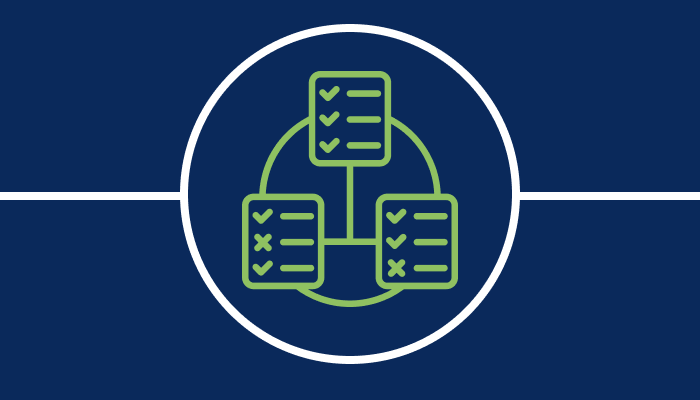
Supply Chain
A global rail industry benchmark for supply chain collaboration, setting standards for innovative partnerships, technology adoption, and procurement frameworks.
The review outlines a series of outcome statements, each tailored to reflect the desired achievements for each capability aligning to RD&I. The outcome statements are mapped over the next 4 control periods and envisage a progression of improvements and strategic shift over that time.
The review also identifies enabling factors that will facilitate the realisation of the outcomes, alongside potential barriers that may impede progress. For a holistic perspective, being cognisant of organisational threats, the review identifies various threats that could adversely affect Network Rail, outlining opportunities for RD&I deployment to mitigate the likely threats.
Strategic & Organisational
A sustained commitment to workforce capabilities, innovation, and strategic planning over two decades, solidifying benchmarked excellence.
CP7
Network Rail aims to foster a culture of ambition for the future state of the railway and actively pursuing RD&I development and improvement opportunities.
By conducting a thorough review of strategies, outdated or redundant elements can be phased out and replaced with a unified strategic framework that streamlines decision-making processes and promoting efficiency.
With an aligned RD&I strategy, the entire organisation can share a collective commitment to innovation and the role it can play in driving performance improvements.
Implementing a long-term plan to digitally upskill the Network Rail workforce can lead to comprehensive training programmes that will ensure employees are well-equipped to meet the evolving needs of the industry.
CP8
With an optimised strategic framework in place, Network Rail can streamline its decision-making and have a clear direction of travel that enables the organisation to be recognised as a leader in RD&I.
A value-central culture can empower teams to identify and terminate RD&I projects that no longer contribute to the organisation’s goals.
Network Rail’s ongoing commitment to capability development and training can create a sustainable talent pipeline.
CP9
Network Rail’s RD&I strategy and vision can have a global impact, serving as a benchmark for other organisations in terms of capability development.
By investing in its workforce, the organisation can have a digitally skilled and adaptive team and a culture that fully embraces and embeds innovation as part of its ethos and DNA.
CP10
By the end of CP10, Network Rail could have sustained its commitment to workforce capabilities, innovation, and strategic planning over two decades.
Operational
Positioned as a global rail industry leader in technology, operations, and sustainability.
CP7
Implementing technology roadmaps can provide a clear vision for the future and lead to a well-defined innovation development pathway tied to long-term business and asset plans.
Adopting universal platforms can encourage standardisation and critical mass adoption of solutions and streamlining the product approval process.
By benchmarking against technology companies, Network Rail can develop best practices, develop a collaborative approach to research and development, and focus on organisational readiness alongside technology readiness.
Engaging with end-users and taking a user-centric approach can empower the use of automated support tools and joint initiatives for the commercialisation of innovations to avoid duplication in testing and trials.
CP8
Contracts can be designed to encourage innovation and create a culture of continuous improvement that extends into a robust innovation ecosystem with resource and capability sharing.
Taking a holistic approach to operational maintenance can align every aspect of the organisation with technological advancements, driven by data and utilising advanced analytics for operational efficiency.
Strategic management of capability gaps can identify areas where traditional skills have been replaced by new technological demands while RD&I initiatives can be used for advanced asset optimisation.
CP9
With a widespread adoption of innovative technologies, efficiency and safety can be improved, leading to a cultural shift where continuous innovation and adaptability are core principles.
A fully integrated ecosystem means enjoying a seamless collaboration between different stakeholders, including operators and suppliers.
CP10
As a global leader in technology, operations, and sustainability, Network Rail can be a highly responsive organisation, which quickly integrates new technologies and practices.
Collaboration
Cultivated and sustained a culture of innovation, collaboration, and continuous improvement, solidifying its position as a leader in the adoption and development of cutting-edge technologies and practices.
CP7
By improving the awareness of RD&I initiatives, all stakeholders can be informed about ongoing initiatives and opportunities for involvement as well as ensuring support for change implementation.
Introducing a Community of Practice can foster a culture of innovation throughout the organisations and work alongside RD&I forums that provide a platform for knowledge sharing, collaboration, and innovation discussions.
CP8
Through cross-industry engagement, the entire industry can benefit from resource-sharing and facilitate the exchange of best practices with Network Rail’s European and global counterparts.
Adopting open-sourced innovation development can promote collaboration within and outside of the organisation and help to reduce duplication. This can also be complemented by centralising activities.
By the end of CP8, within 10 years, Network Rail can develop enhanced support and coordination mechanisms to implement change effectively.
CP9
Taking an agile and proactive approach can allow the organisation to adapt to industry changes while establishing strategic partnerships with research institutions will enable the development of ground-breaking technologies.
CP10
A culture of innovation, collaboration, and continuous improvement can allow Network Rail to solidify its position as an industry leader in tech adoption.
Innovation
A sustainable innovation ecosystem that includes startups, academic institutions, and industry collaborators, creating a dynamic environment for continuous innovation and knowledge exchange.
CP7
Adopting a portfolio/system-led approach to innovation, Network Rail can effectively communicate the wider benefits of innovation.
By engaging in joint commercialisation efforts, resource utilisation can be optimised, while early adoption of innovations can mitigate demand and market readiness risks.
This approach can enable economies of scale in procurement practices with clear routes to market and an efficient acquisition of necessary technologies and solutions.
CP8
Through sustainable incentive alignment and holistic innovation focus, Network Rail can expand its focus beyond technology readiness to address the wider organisational ecosystem.
By shifting focus from niche independent initiatives to strategic system changes, efficiency and effectiveness can be ensured across the organisation.
CP9
With well-defined routes to market and streamlined procurement processes, Network Rail can create an environment where innovation is seen as an integral part of BAU operations with tangible benefits.
CP10
Having nurtured a sustainable innovation ecosystem, Network Rail can exchange knowledge with start-ups, academic institutions, and industry collaborators while also being recognised as setting a global benchmark in innovation.
Process & Compliance
An influence on global standards bodies, contributing to the development of international standards that drive innovation and interoperability in the railway.
CP7
A streamlined approach to product approvals can reduce delays in bringing new technologies and solutions to market.
By intertwining its innovation strategy with long-term business planning, Network Rail can ensure innovation is integral to its culture.
The business case for innovations can include consideration for existing platforms and systems to ensure compatibility, reduce duplications, and integrate with current infrastructure.
Network Rail can address rigidity in standards and embrace flexibility to adapt to evolving technology and business needs.
CP8
XXXXXX
CP9
With an advanced assurance framework in place, Network Rail can leverage cutting-edge technologies like artificial intelligence to mitigate risks associated with innovation.
Improved data standards can empower data-driven decision-making across the organisation to produce improved insights and efficiencies.
CP10
As a strategic leader in innovation, Network Rail can exist in an era of continual innovation and influence global standards bodies to drive innovation and interoperability within the railway sector.
People & Culture
Actively engagement in collaborative innovation efforts with railways and transportation organisations worldwide, fostering a global community of innovation and knowledge exchange.
CP7
Taking a proactive approach to skills gap identification, Network Rail can expand the digital skills of its workforce, re-skill existing team members, and adopt agile learning and development approaches.
Addressing capability gaps at the top of the organisation and ensuring C-suite representation focused on digital and data-related initiatives can help to further change.
Hiring a pool of internal Subject Matter Experts and dedicated change managers could enable RD&I requirements to be defined and adopted effectively, strengthened by enhanced front-line communication.
CP8
Innovation can be embedded into the DNA of Network Rail, supported by a ‘fail-fast’ culture that encourages experimentation and embraces change.
Innovation champions and sponsors can advocate for innovative initiatives while comprehensive training facilitates technological understanding and usage across the organisation.
CP9
By aiming for excellence in change management, Network Rail can effectively drive RD&I adoption and deployment, which, in turn, can allow it to embrace an innovation-centric business model and attract top talent.
CP10
With a strong global network, Network Rail can be at the heart of a transportation community that shares knowledge and engages in collaborative innovation efforts.
Data & Technology
Utilisation of advanced automated support tools, enhancing productivity and reducing manual tasks. A single source of truth for data will be ingrained, ensuring data consistency and reliability throughout the organisation.
CP7
With a deep understanding of Artificial Intelligence and the opportunities presented by data, Network Rail can embrace data-driven decision-making and innovation.
Trust in data analysis can help data be seen as an asset and feed into the creation of a Data Centre of Excellence to coordinate best practice, supported by a comprehensive data governance framework and focused data training programme.
By transitioning away from a ‘drag, drop, build’ view of data analytics, a new dimension of decision making can be unlocked while AI can save time and reduce manual data tasks.
The creation of an Enterprise Data Model can help Network Rail demonstrate and understand the links between data in the full landscape of the data estate.
CP8
Establishing a single source of truth for data will complement an API data platform that reduces data silos and facilitates cross-organisational sharing.
Taking a long-term approach to data management and understanding the organisation’s capabilities and requirements can support the seamless integration of older systems and new technologies.
Making data easily accessible and available can empower individuals to make informed decisions.
Network Rail can embed the Digital Knowledge, Information and Data Competency (D-KID) framework to provide a balance of technical and non-technical competencies for a rounded data specialist.
CP9
Data silos can become a thing of the past with the introduction of unified data environments supported by advanced automation tools to reduce manual tasks.
Network Rail can enjoy a comprehensive understanding of its data management capabilities and optimise its use of data to meet strategic objectives.
CP10
By operating with a single source of truth, data consistency and reliability can be assured.
Supply Chain
A global rail industry benchmark for supply chain collaboration, setting standards for innovative partnerships, technology adoption, and procurement frameworks.
CP7
As procurement frameworks are reconsidered, RD&I initiatives can be incentivised throughout the supply chain while contracts can also be designed to encourage and prioritise innovation.
By procuring at scale, the organisation can balance its supply chain dependencies, enjoy seamless collaboration, and adopt efficiencies to support RD&I deployment.
Acting as an informed client, Network Rail would be able to actively manage its supply chain relationships and encourage innovation while simultaneously building commercial expertise across every level of the organisation.
CP8
With innovation encouraged throughout the supply chain, Network Rail can evolve into a proactive and informed client.
Introducing an Intelligent Client function can preserve the core skills needed to effectively manage projects, supplier relationships, and innovation.
By aligning commercial and procurement strategies with Network Rail’s goals, innovation and collaboration can be incentivised throughout the supply chain.
CP9
Every level of the organisation can demonstrate advanced commercial acumen.
CP10
Network Rail can be the global benchmark for supply chain collaboration, leading the way in innovative partnerships, tech adoption, and procurement frameworks.